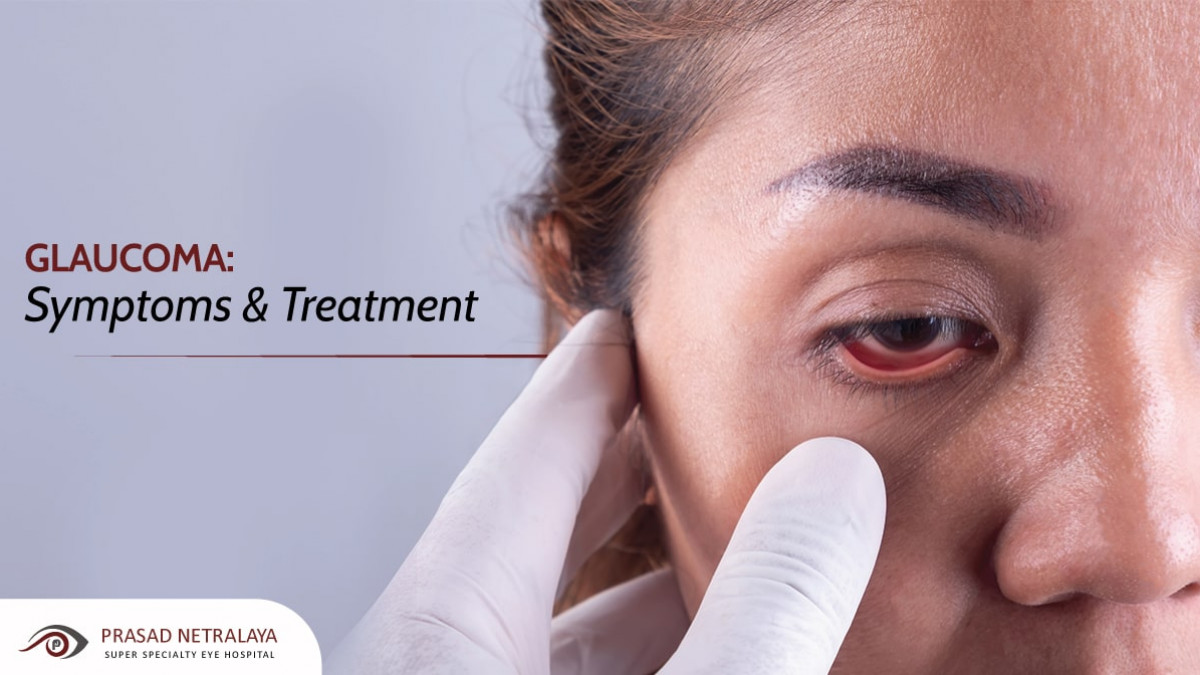Understanding the Different Vision Modification Procedures Available for Clearer View
In the realm of vision adjustment procedures, a wide variety of alternatives exist to address refractive errors and offer people with clearer sight. From the widely identified LASIK surgery to much less invasive treatments like PRK and implantable lenses, the field of ophthalmology provides an array of techniques tailored to suit different needs and preferences. Each procedure comes with its own set of considerations, benefits, and potential risks. Comprehending the nuances of these vision adjustment techniques is vital for making educated choices regarding one's visual health and wellness. Let's explore the complexities of these procedures and shed light on the path to achieving boosted vision quality.
LASIK Surgical Procedure
LASIK surgery is an usual refractive procedure utilized to correct vision issues such as astigmatism, nearsightedness, and farsightedness. This surgical method, which stands for Laser-Assisted in Situ Keratomileusis, intends to reshape the cornea to enhance just how light is focused on the retina, eventually boosting vision clarity.
One of the key advantages of LASIK surgery is the fast renovation in vision experienced by clients. Lots of people discover a substantial improvement in their eyesight right away after the treatment. Additionally, many individuals report marginal pain and discomfort during the surgical treatment and recuperation duration. The recovery time for LASIK is fairly quick, with lots of people going back to their daily tasks within a day or more post-operation. In general, LASIK surgical treatment is a preferred selection for people looking for a long-term solution for their vision problems.
PRK Treatment
While also an usual refractive procedure, the PRK (Photorefractive Keratectomy) strategy varies from LASIK surgery in its approach to correcting vision troubles. In PRK, instead of developing a flap on the cornea, the outer layer of the cornea, called the epithelium, is totally gotten rid of. This enables the laser to improve the cornea to correct refractive errors such as astigmatism, farsightedness, and nearsightedness directly on the surface.

In spite of the longer recuperation time, PRK can generate excellent lead to vision improvement, making it an important alternative for those who may not appropriate prospects for LASIK surgical procedure.
Implantable Lenses
In comparison to PRK where the cornea is reshaped directly, implantable lenses provide another method for fixing vision by placing man-made lenses inside the eye. This procedure is specifically beneficial for people with high levels of astigmatism, farsightedness, or nearsightedness that may not be appropriate candidates for laser surgical procedures like LASIK or PRK.
Implantable lenses, additionally referred to as phakic intraocular lenses, work by supplementing the eye's natural lens with an artificial one. glaucoma service near me. These lenses can be placed in front of the all-natural lens (anterior chamber) or behind the iris and in front of the all-natural great site lens (posterior chamber) By changing the power and positioning of these lenses, ophthalmologists can properly remedy refractive Get More Information errors and boost aesthetic acuity
One advantage of implantable lenses is that they are detachable and exchangeable, offering flexibility for future adjustments. As with any kind of medical procedure, there are threats involved, such as infection or cataract development. Clients considering implantable lenses need to seek advice from an eye treatment expert to determine one of the most suitable choice based on their private needs and eye wellness.
Corneal Rings
Corneal rings, additionally referred to as intracorneal ring segments, are tiny, clear gadgets put into the cornea to deal with vision distortions such as keratoconus. Keratoconus is a condition where the cornea thins and protrudes outside, triggering vision to end up being distorted. The insertion of corneal rings assists to squash the cornea, improving aesthetic skill and decreasing the uneven astigmatism brought on by keratoconus.
The procedure for putting corneal rings is relatively quick and minimally intrusive, often carried out as an outpatient treatment. Throughout the surgery, the ophthalmologist makes a tiny incision in the cornea and inserts the rings at a particular deepness. As soon as in position, the rings help to reshape the cornea, offering a smoother surface area for light to get in the eye, which can cause clearer vision.
Corneal rings are thought about a relatively easy to fix treatment, as they can be gotten rid of or replaced if necessary. glaucoma service near me. While they may not completely get rid of the need for glasses or get in touch with lenses, corneal rings can significantly improve vision quality and overall visual comfort for individuals with keratoconus or other corneal irregularities
Refractive Lens Exchange
Following the adjustment of corneal irregularities with procedures like corneal rings, another vision improvement strategy that can resolve refractive mistakes is Refractive Lens Exchange (RLE) RLE is a surgery that includes replacing the eye's natural lens with a fabricated intraocular lens (IOL) to deal with refractive mistakes such as farsightedness, nearsightedness, and presbyopia. This procedure is specifically beneficial for people that may not appropriate prospects for procedures like LASIK or PRK due to variables such as slim corneas or high refractive errors.

Final Thought
In conclusion, there are various vision correction treatments readily available to aid people accomplish clearer sight. LASIK surgery, PRK treatment, implantable lenses, corneal rings, and refractive lens exchange are all alternatives that can attend to different vision issues.
In the realm of vision click correction treatments, a wide variety of choices exist to deal with refractive errors and provide people with more clear sight.LASIK surgery is an usual refractive treatment utilized to fix vision problems such as farsightedness, astigmatism, and nearsightedness.While also an usual refractive treatment, the PRK (Photorefractive Keratectomy) technique varies from LASIK surgical treatment in its approach to dealing with vision issues.Following the improvement of corneal irregularities with procedures like corneal rings, another vision modification technique that can resolve refractive errors is Refractive Lens Exchange (RLE) LASIK surgery, PRK treatment, implantable lenses, corneal rings, and refractive lens exchange are all alternatives that can resolve various vision issues.